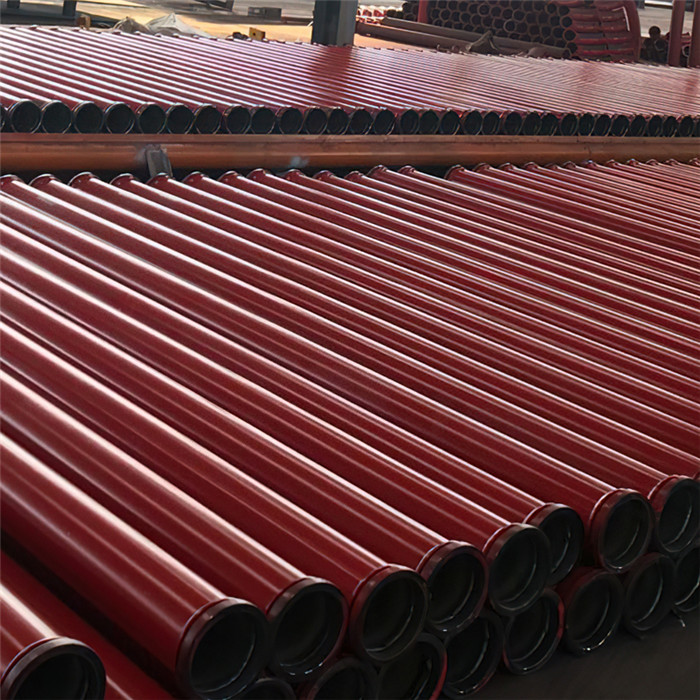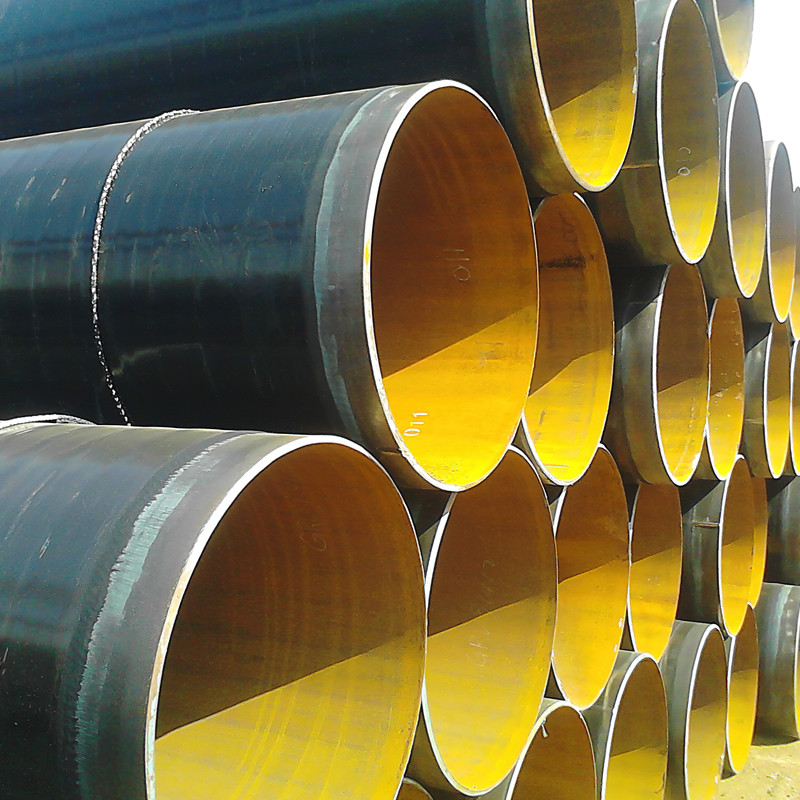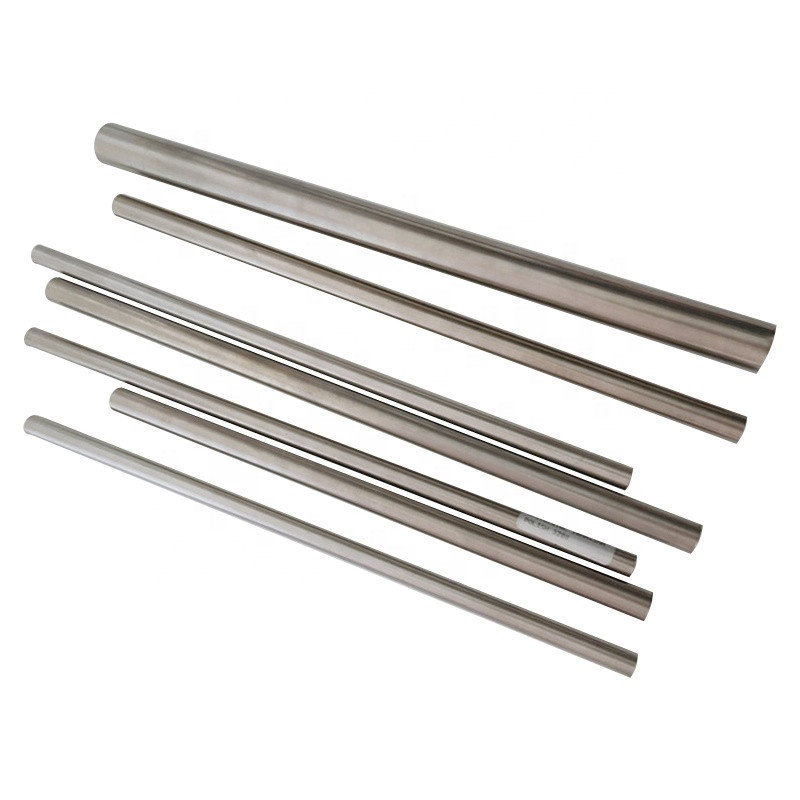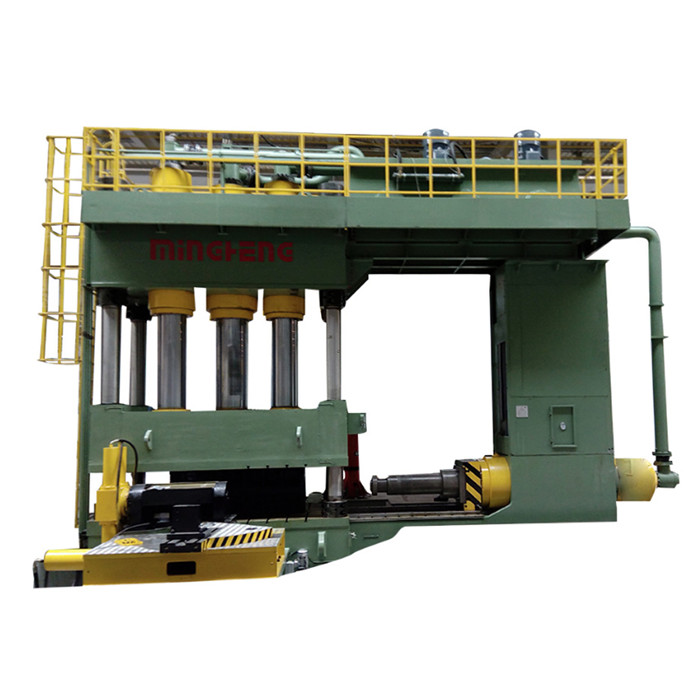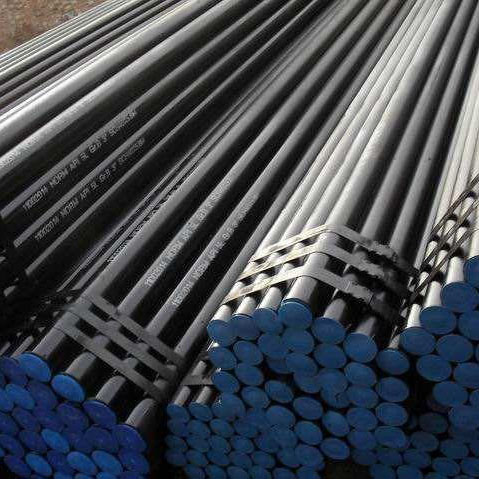Stainless steel boiler tubes are engineered to withstand extreme heat, a critical requirement for power plants, chemical refineries, and industrial boilers. At temperatures exceeding 500°C, ordinary carbon steel pipes risk deformation, oxidation, and creep—a gradual deformation under stress. However, stainless steel alloys, particularly those compliant with ASTM A192 and ASTM A178, incorporate chromium and nickel to enhance heat resistance. Chromium forms a passive oxide layer that shields against corrosion, while nickel stabilizes the microstructure, preventing embrittlement. For instance, ASME SA210-grade tubes, a mid-carbon steel variant, balance strength and thermal conductivity, making them ideal for superheaters and reheaters. These materials ensure operational safety and efficiency, even when exposed to cyclical thermal shocks.
How ASTM Standards Define Performance Limits for Boiler Pipes
International standards like ASTM A192 and ASTM A178 establish rigorous benchmarks for boiler pipe performance under heat. ASTM A192 specifies seamless carbon-steel tubes for high-pressure service, mandating tensile strengths of ≥325 MPa and yield strengths of ≥180 MPa. Meanwhile, ASTM A178 covers electric-resistance-welded tubes, emphasizing weld integrity and uniformity in wall thickness. Both standards require rigorous testing, including hydrostatic pressure checks and flattening tests, to validate resilience. ASME SA210, another pivotal standard, extends these criteria to seamless medium-carbon steel tubes used in water walls and economizers. By adhering to these protocols, manufacturers ensure pipes retain dimensional stability and mechanical properties even after prolonged exposure to 400–600°C heat.
Tata Boiler Tubes: A Case Study in Heat-Resistant Innovation
As a leader in industrial piping solutions, Tata Boiler Tubes exemplifies how advanced manufacturing meets extreme thermal demands. Their products, compliant with ASTM A192, ASTM A178, and ASME SA210, leverage precision cold-drawing and normalized heat treatment to optimize grain structure. For example, Tata’s stainless steel boiler tubes undergo solution annealing—a process that dissolves carbides into the matrix—to enhance creep resistance at elevated temperatures. Field data from coal-fired power plants show that Tata’s tubes exhibit 30% lower oxidation rates compared to industry averages, translating to extended maintenance intervals and reduced downtime. Such innovations position Tata Boiler Tubes as a trusted partner for industries prioritizing longevity in high-heat applications.
Maintenance Strategies for Boiler Systems with Boiler Steel Pipe
Even robust materials like ASME SA210-grade pipes require proactive maintenance to combat heat-induced wear. Regular ultrasonic thickness testing identifies areas thinned by erosion or corrosion, while infrared thermography detects hotspots caused by uneven heat distribution. For stainless steel boiler tubes, chemical descaling removes oxide buildup, restoring heat transfer efficiency. Additionally, adhering to operational limits defined by ASTM A178 and ASTM A192—such as avoiding sustained operation above rated temperatures—prevents accelerated degradation. Facilities using Tata Boiler Tubes often integrate predictive maintenance software, which analyzes real-time data to schedule inspections before failures occur, ensuring uninterrupted performance.
FAQs: Boiler Steel Pipes and Extreme Heat Management
What makes stainless steel boiler tubes better for high-heat applications?
Stainless steel boiler tubes resist oxidation and creep due to alloying elements like chromium and nickel. Standards like ASTM A192 further ensure they meet strict mechanical and thermal performance criteria.
How does ASME SA210 differ from ASTM A178?
ASME SA210 focuses on seamless medium-carbon steel tubes for moderate temperatures, while ASTM A178 covers welded carbon-steel tubes optimized for higher thermal stress and pressure environments.
Can Tata Boiler Tubes be customized for specific heat conditions?
Yes. Tata Boiler Tubes offers tailored solutions, including alloy adjustments and thickness variations, to align with operational parameters defined by ASME SA210 or ASTM A192.
What are the signs of thermal fatigue in boiler pipes?
Cracking, bulging, or discoloration near welds or bends indicate thermal fatigue. Regular inspections per ASTM A178 guidelines help detect these issues early.
How often should high-temperature boiler pipes be replaced?
Lifespan depends on operating conditions, but tubes compliant with ASME SA210 typically last 15–20 years with proper maintenance. Ultrasonic testing helps determine replacement timelines.
Upgrade to Heat-Resistant Excellence
Extreme heat demands unmatched reliability. Our stainless steel boiler tubes, compliant with ASTM A192, ASTM A178, and ASME SA210, are engineered to thrive under thermal stress. As a trusted supplier, we guarantee precision manufacturing, certified quality, and technical support tailored to your needs. Visit our website to explore our range, including premium Tata Boiler Tubes, and request a quote today. Invest in durability—secure your operations against the ravages of heat.
Post time: May . 06, 2025 11:55










